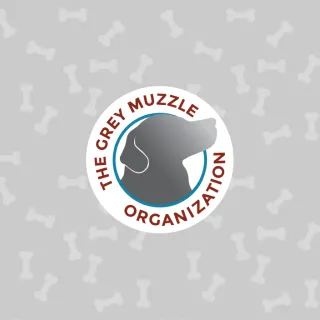Pet Trust Planning Options
Estate planning attorneys around the country say they're seeing an increasing number of clients asking about pet trust planning. These are becoming mainstream and demand for pet trusts and related documents are so great some attorneys now solely do pet trusts, guardianships and other animal legal issues. With all the options now out there to protect your pets, how do you know which one to choose? Here's a guide of some of the options.
Create a Pet Trust
With a pet trust, you pick a trustee (this person will manage the money you're funding the trust with) and a caregiver (this person will care for your pet); the trustee disperses funds and/or property to the caregiver who will then use them to care for the pet in the manner you've laid out in the trust.
Pet trusts are typically the most expensive as you not only must fund the trust, you must also pay lawyer’s fees that can easily top $1,000. This option is for ensuring that your pets are cared for if you die or are incapacitated. Because trusts are more expensive, both to execute and to maintain, this option works best for people who can leave tens of thousands of dollars or more to their pet.
Write Out an Agreement
If you don't have that kind of money, identify one or more caregivers and write out an agreement that states that this person will care for your pet upon your death or inability to care for your pet yourself. The biggest advantage of this, over a pet trust, is its relative affordability (you don't have to pay an attorney to do this). Make sure you discuss this with the designated person first.
You can use a standard form Pet Protection Agreement at LegalZoom. It costs between $39 and $79—or you can draft the letter yourself, get it signed by both you and the caregiver, and get it notarized. Make sure that your vet, the caregiver and your close family members have a copy of this agreement, so they will know who to give the animal to if something happens to you.
Ask Your Retirement Advisor
There are myriad ways, from pet trusts to pet protection agreements that can keep your dogs happy and fed even if you're not around to do it. Forty-six states (all except Kentucky, Louisiana, Minnesota and Mississippi) have enacted pet trust laws. These laws enable a pet to be the beneficiary of the funds from a trust. Your retirement advisor will have more information regarding specifics in your state.
Continuing Pet Care Programs
Some vet schools and animal shelters offer programs to care for your pet in the event that you can't. For example, the North Shore Animal League in Port Washington, N.Y. has a program that guarantees food, shelter and state-of-the-art medical care for your pets until they can be adopted by another family. You pay a one-time fee of $10,000 for your first pet and $5,000 for each additional pet to join the program.
Talk About It
Some people know that their kids or a family member will take the pet because they've talked through the issue with them. While simply talking about the issue doesn't offer you much in the way of legal protection, it's still better than doing nothing. If you choose this option, at least make sure that you also talk about your pet's needs to the future caregiver prior.
It's important to remember that there is no guarantee that the caregiver you talk to about this will actually take on the responsibility. So, for a few extra dollars, it's probably a good idea to put your wishes in writing, experts say.
For more information visit ASPCA's Pet Trust Primer.



